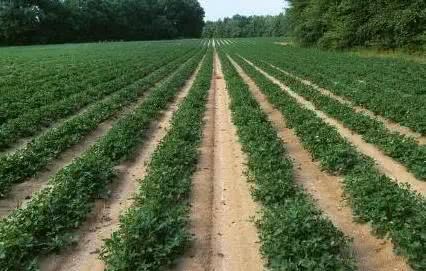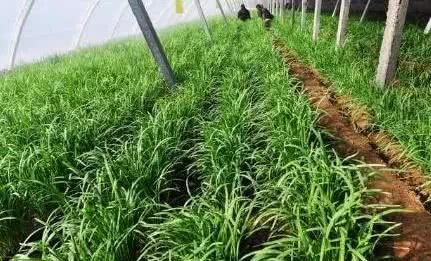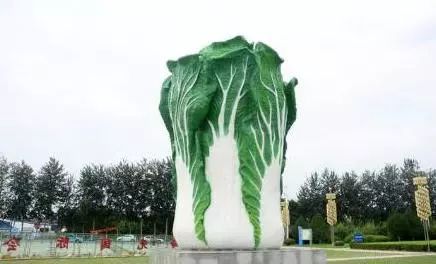Peanut control time can not be wrong, too early or too late is not good, the effect of two times will be better.

In recent years, the topic of prosperity control is more popular, corn, peanuts, soybeans, sweet potatoes and many other crops are inseparable from prosperity control, a variety of health control agents are also dazzling, let farmers pick eyes. However, the use of energy control agents is also fastidious, here small farmers will talk to you about the use of energy control agents.
The best time to control the growth of peanut
The first boom control is usually in the peanut seedling stage, but this time it is rarely carried out by farmers, because it is easy to control prosperity at the seedling stage because of poor timing, which leads to the problem of premature growth control. Seedling control generally refers to the beginning of the flowering stage, that is, when peanut seedlings grow to about 15 days, this medication will help to increase the number of peanuts blooming, prevent diseases, and increase yield.
The best time to control the prosperity of peanuts is usually when the first batch of fruit needles of peanuts have been buried in large quantities and are as big as little fingers, and when the second batch of fruit needles are in the shape of a chicken beak, the flowering period of peanuts is basically coming to an end. At this time, the peanut plant is about 30 to 35 centimeters.
In general, good results can be achieved by controlling prosperity twice in general years. The second boom control is generally carried out after the first use of the agent for about 20 days. At this time, peanut plants generally grow overgrown because of high temperature, high water and other reasons. At this time, peanut plants are generally about 45 centimeters, and secondary prosperity control at this time is beneficial to the yield increase of peanut plants.
Next, let's take a look at the benefits of peanut control.
Peanut control means to avoid the excessive growth of peanuts, if the peanuts are not controlled, it is easy to cause the problem of less fruit and excessive growth of branches and leaves. Overgrown peanut plants will not only cause soil nutrition loss, but also easy to lodge, but the amount of fruit is very small, and the quality of peanut fruit is not full enough is affected.
For these problems, peanut growers should have a deep understanding, so boom control can be said to be essential.
Problems that are easy to occur in controlling prosperity.
The most common problem in the process of prosperity control should be the problems caused by poor control of boom time. Early blooming time can easily lead to a reduction in peanut production, which generally occurs at the peanut flowering stage, because not only a large number of peanut blossoms, but also the underground fruit needles are growing rapidly. At this time, the use of peak control agent will not only reduce the number of peanut blossoms, but also inhibit the growth of peanuts, resulting in a reduction in peanut production. Therefore, peanut control must be carried out at a reasonable time.
Another situation is the excessive use of peanut control agents, resulting in premature senility of peanuts. Some peanut growers do not operate in accordance with the instructions of the agent when using the agent, and privately change the concentration of the agent, which is very unscientific. It is very likely that the excessive concentration of the agent will lead to premature senility of peanuts, which in turn leads to a reduction in peanut production. Therefore, in terms of concentration, farmers must use it according to the instructions, and do not change the concentration privately.
The above comes from promoting agriculture through science.
- Prev

Chives want to grow well, knife topdressing is very important, summer seedlings can not be less.
Leek has always been my favorite vegetable, and my favorite food is dumplings filled with leeks and eggs. Apart from eating leeks, you may not know that leeks have another use, that is to watch leeks as potted plants, the ancients.
- Next

A few years ago, the vegetable greenhouse in Shouguang, Shandong Province, can continue to be brilliant now?
Netizens asked: "Last year's tomatoes, this year's balsam pear, why Shandong Shouguang greenhouse is no longer brilliant?" The first thing that reminds people of Shouguang in Shandong is its vegetable trading center. Shouguang vegetables are Shandong specialties.
Related
- Wuhan Hospital Iron Tree Blooming Result Was Instantly Frightened by the Gardener Master
- Which variety of camellia is the most fragrant and best? Which one do you like best?
- What is the small blue coat, the breeding methods and matters needing attention of the succulent plant
- Dormancy time and maintenance management of succulent plants during dormancy
- Minas succulent how to raise, Minas succulent plant pictures
- What are the varieties of winter succulent plants
- How to raise succulent plants in twelve rolls? let's take a look at some experience of breeding twelve rolls.
- Attention should be paid to water control for succulent plants during dormant period (winter and summer)
- Watering experience of twelve rolls of succulent plants
- Techniques for fertilizing succulent plants. An article will let you know how to fertilize succulent plants.

